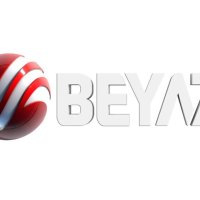
The $1tn 'Hold-to-Maturity' Sleight-of-Accounting
The $1 trillion 'hold-to-maturity' accounting method has sparked intense debate and controversy in the financial world. This approach, used by various entities to value certain financial assets, has raised questions about its impact on financial reporting and decision-making processes. Understanding the implications of this accounting method and the underlying debates is crucial for investors, analysts, and stakeholders.
At its core, the 'hold-to-maturity' accounting method involves valuing financial assets at their amortized cost rather than their fair market value. This approach allows entities to hold these assets until their maturity date, avoiding the potential volatility and fluctuations that come with marking assets to market. While some argue that this method provides a more stable and predictable picture of an entity's financial position, others question its transparency and relevance.
Proponents of the 'hold-to-maturity' approach highlight its ability to shield companies from short-term market fluctuations and provide a clearer reflection of the assets' expected cash flows. They argue that this accounting method aligns with the long-term nature of certain investments and reduces the impact of temporary market disruptions on financial statements.
However, critics argue that the 'hold-to-maturity' method can mask the true market value of assets, potentially painting an overly optimistic or outdated picture of an entity's financial health. They raise concerns about the potential distortion of financial statements and the impact on stakeholders' decision-making processes.
The controversy surrounding the $1tn 'hold-to-maturity' accounting method extends beyond its immediate financial implications. It intersects with broader debates about the transparency and reliability of financial reporting, as well as the balance between short-term market pressures and long-term value creation.
As stakeholders navigate this complex landscape, it is essential to critically evaluate the use of the 'hold-to-maturity' accounting method and its impact on financial reporting. By weighing the potential benefits and drawbacks of this approach, market participants can make more informed decisions and advocate for greater transparency and accountability in financial practices.
Comment
Popular Posts
- 1
- 2
- 3
- 4
- 51 year ago
Latest Posts
- 1
- 2
- 322 minute ago
- 4
- 5
Categories
- World 13201 Post
- Knitting 18 Post
- General 17 Post
- Travel 183 Post
- Technology 12250 Post
- Movies and Series 14103 Post















There are no comments yet.